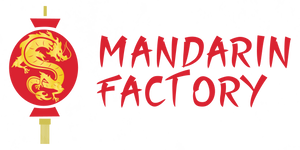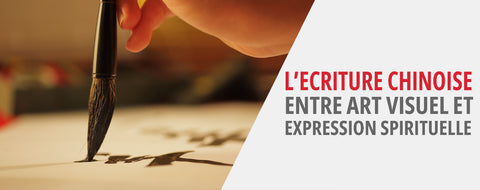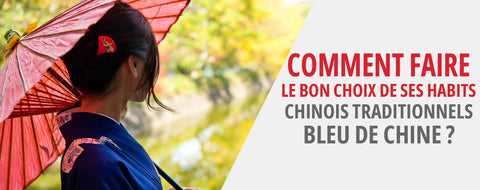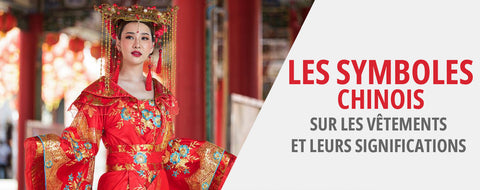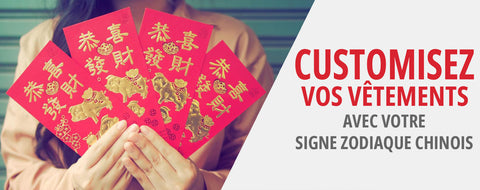
Chinese writing: between visual art and spiritual expression
of reading - words
Introduction
China is a magnificent Asian country known for its fairly large population. Knowing China also amounts to knowing its culture, its history and why not too, to master your language. Chinese writing is therefore one of the most complex and ancient forms of writing in the world.
Through thousands of years, it has evolved to transform itself as a significant manifestation of the spirituality than in a visual art. Being a complex and fascinating subject, we will take stock of the different aspects of writing in China, while highlighting its power to transmit didactic ideas as well as the close link that it has with artistic aesthetics.
Chinese pictographic origins

In the China alphabet, instead of talking about Chinese letter, we will rather speak of special characters. Chinese writing uses Chinese characters to represent facts, we are talking about pictographic writing.
Chinese pictograms are not to be confused with the phonograms that represent a sound. A Chinese pictogram is the representation of a concrete thing by a drawing.
Chinese writing therefore uses drawings, patterns or even Chinese symbols to materialize concepts or concepts. After the Latin alphabet, the Chinese alphabet is known as the oldest second in history. Having crossed millennia, the Chinese scriptures dates of the reign of the yellow emperor (2697-2599 before J-C).
According to legend, writing in China has owed its existence to Cang Jie for over 5,000 years. It is represented by the four eyes which according to the tradition, allow him to see the secrets of earth and heaven.
Although the story of the China Scripture is not very exact, Cang Jie would have formed his first writing system after having observed how a hunter can identify the animal he pursues in his imprint. Therefore, he would have understood that it is possible to transcribe things and ideas through different symbols.
Being satisfied with his first tests, the yellow emperor promulgated the use of these symbols throughout the country. The first symbols would have thus been born although they would only appear officially around 1300 BC.
Symbols and philosophy on Chinese writing
Chinese culture is dotted with countless symbols and each Chinese symbol each one or more meanings. Even if some Chinese symbols are known to the non -Chinese people, Chinese characteristics remain one of the most complex and less understood cultural values around the world.
Unlike other languages, we cannot speak of a Chinese letter but rather Chinese character. Chinese writing represents a large significant field of the Chinese culture, by the symbols and the spiritual richness which it can constitute.
The richness of Chinese ideograms
Even if Chinese writing consists of special characters, the latter are put together in a coherent way to form Chinese ideograms which represent the words in the French language for example.
Each Chinese ideogram represents a whole morpheme with a precise meaning and meaning even in other languages. Writing in Chinese is therefore the subject of a variety of Chinese ideogram. Each Chinese ideogram graphically symbolizes an idea or a word.
Therefore, it should be noted the ideograms are more complex Chinese characters. A China ideogram can be composed of several pictograms.
This is the example of the Chinese ideogram 明 which means the luminous or clear notion, consists of the pictogram of the moon and that of the sun (日+月).
Spirituality inscribed in Chinese characters
THE Chinese characters are among the most ill -understood things in Chinese culture outside China. Although the Asian alphabet is not considered an alphabet in the proper sense of the term, Chinese characters play a powerful role in the transmission of knowledge and knowledge.
Considered by Chnoi as the highest form of art, Chinese calligraphy allows you to express real and powerful emotions. Chinese calligraphies or artists use Chinese characters to transmit the atmosphere of the moment of inspiration or even their personality. Believers even use tattooing to express their faith. In addition, several traders or companies in China and even around the world use significant Chinese logo to represent their slogan.
Buddhist influence on calligraphic writing

THE Buddhism is one of the factors that influenced Chinese writing through its evolution. Calligraphier represents an act of spirituality, of times among Buddhists. Thus, the action of calligraphing Buddhist values offers believers a chance to buy their faults.
Buddhists were therefore the first to use printing in order to multiply holy images and copies. This innovation in calligraphy made it possible to propagate the saving message and the Buddhist good word around the world.
Buddhist thought therefore contributed to a wide evolution of Chinese calligraphy even if its primary goal was to accumulate merits and multiply their faithful image.
Chinese calligraphy: artistic and technical fusion
Simply defined, the calligraphy designates the art of forming well -written characteristics. Chinese calligraphy is distinguished by the richness and originality of Chinese letters. The equipment used for Chinese caligraphy also explains the fluidity and aesthetics of Chinese characters.
An ink stone composed of burnt pine resin and a flexible brush with a fine point allow the artist to better express his personality through a more expressive calligraphy.
Due to his special characters on the one hand and the Chinese writing sense which they convey on the other hand, Chinese writing has a Chinese calligraphy which associates both aesthetics and method.
The different Chinese calligraphic styles
Chinese sinograms or character are just not simple drawings with boxes and lines traced with in a hazardous way. Each Chinese or Hanzi character in Chinese constitutes fundamental elements of Chinese Scripture. The letters Chinese alphabet Can be written in several calligraphic styles, including regular style and cursive style.
Regular style (Kaishu)
It is the most used calligraphic style in learning to Chinese writing nowadays. Associated with the moral righteousness of the calligrapher, this style was born during the Tang dynasty.
Called in Chinese Kaishu, the regular style emphasizes the balance around a central axis in the shape of Chinese characters. It consists in assembling each character in a coherent way, using a standardized repertoire of brushstrokes consisting essentially of orthogonal features.
In order to provide them with an appropriate base, Kaishu is the first writing style taught to learners of Chinese calligraphy. Being the most fluid and readable Chinese writing, Regular style is an omnipresent writing in the majority of the printed media in Chinese. In addition, Kaishu greatly contributed to the dissemination of knowledge in the era of pre-modern Asia.
The cursive style (caoshu)

It represents the most expressive of writing styles Calligraphy in Chinese. Being an informal stenography, this style offers a remarkable freedom of writing to the calligrapher. Here, it is possible to write whole characters without lifting the brush from the paper.
Being soft in appearance and very rounded, the characters can often blend with each other, because this writing has a considerable lack of angular lines. In order to create a beautiful abstract appearance and facilitate fluid writing, the features are completely eliminated or modified. This is why this writing is sometimes considered not very legible.
In order to express their personality, cursive writing has been unanimously calligraphs since its appearance in the 4th century.
Chinese alphabet translation
The Chinese language consists of a set of characters constituting its alphabet. Unlike several languages like French, the Chinese alphabet works with special characters each with correspondence in the Latin alphabet or ABC.
Although it seems to be difficult to learn, there is a concrete logic in the formation of words in the Chinese language. To quickly control the Chinese Corporation Translation, it is enough to learn the pronunciation of Chinese words from phonetic alphabets and learn the writing of Chinese characters.
Nor should we neglect the transcription of the Latin alphabet into Chinese which makes it easy to understand the Chinese French translation calligraphy.
Chinese letters alphabet
The Chinese alphabet is essentially made up of special characters called sinograms. Each Chinese sinogram has a representation in the French alphabet. Here is below the representation of a few Chinese sinograms in French.
- that in Chinese: 那 (N / A)
- I Chinese: 我 (Wô)
- H Chinese: H
- Léa in Chinese: 利
- M in Chinese: 我 (Mid)
The Chinese alphabet is typically different from the French alphabet or Latin languages. The transcription or even the translation of certain French letters can already have an ideographic meaning or representation in Chinese.
Conclusion
Chinese remains the oldest language that has been used to the present day, although having crossed many millennia. It is true that many are wondering how much Chinese character has the Chinese language.
However, it is essential to master Chinese writing styles in order to be able to understand Chinese calligraphy and its diverse Chinese number of Chinese characters.
